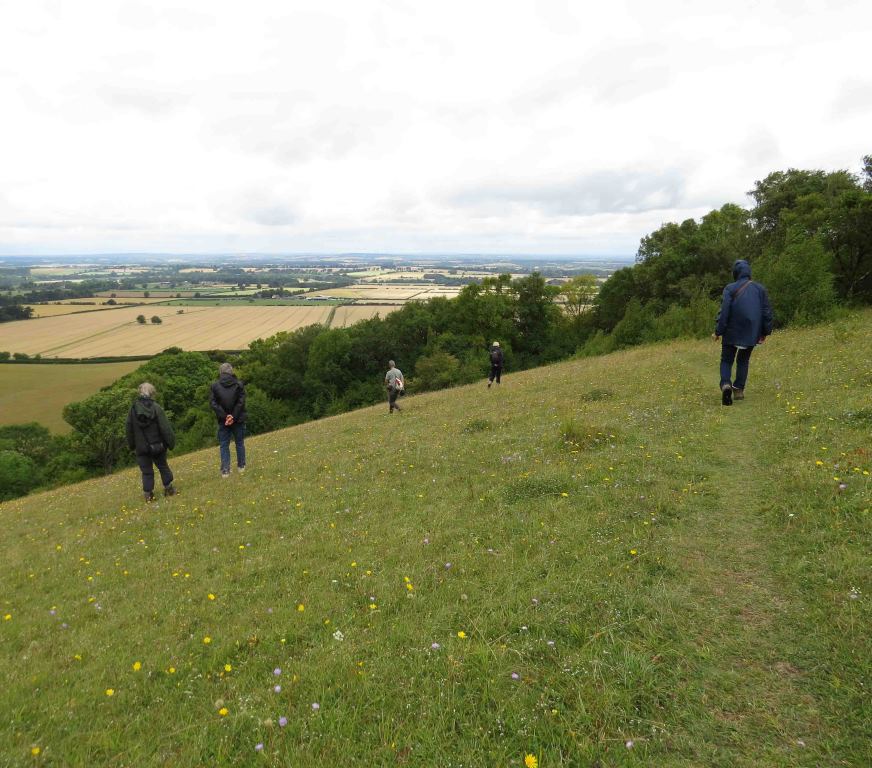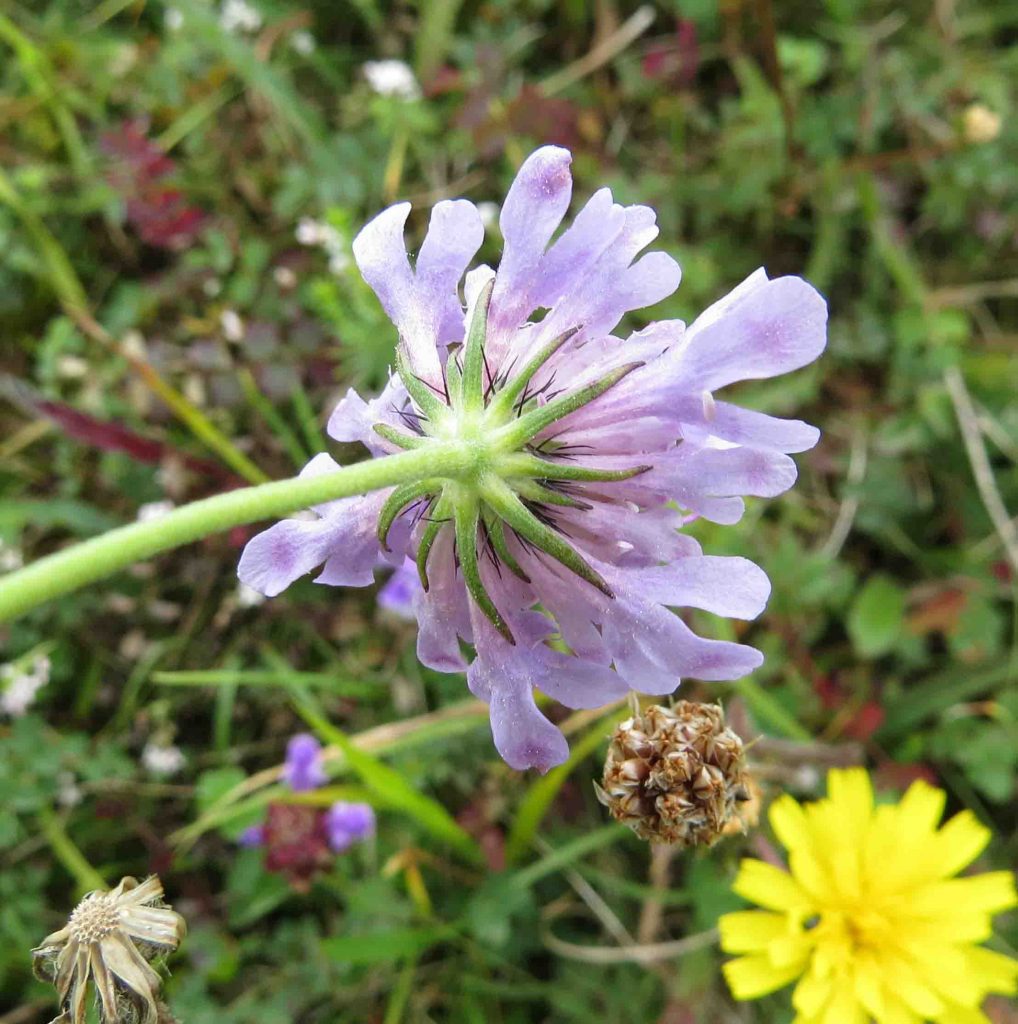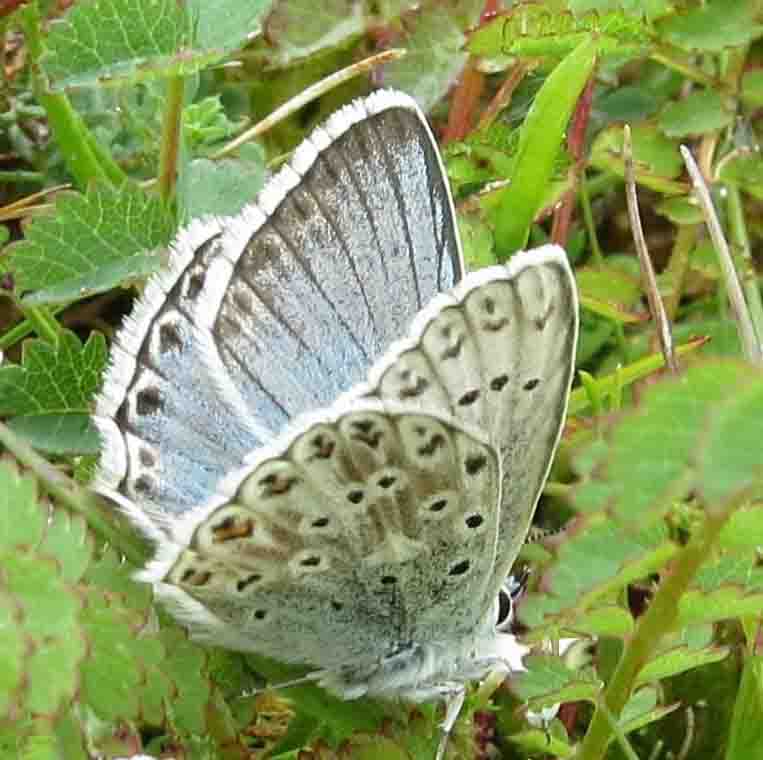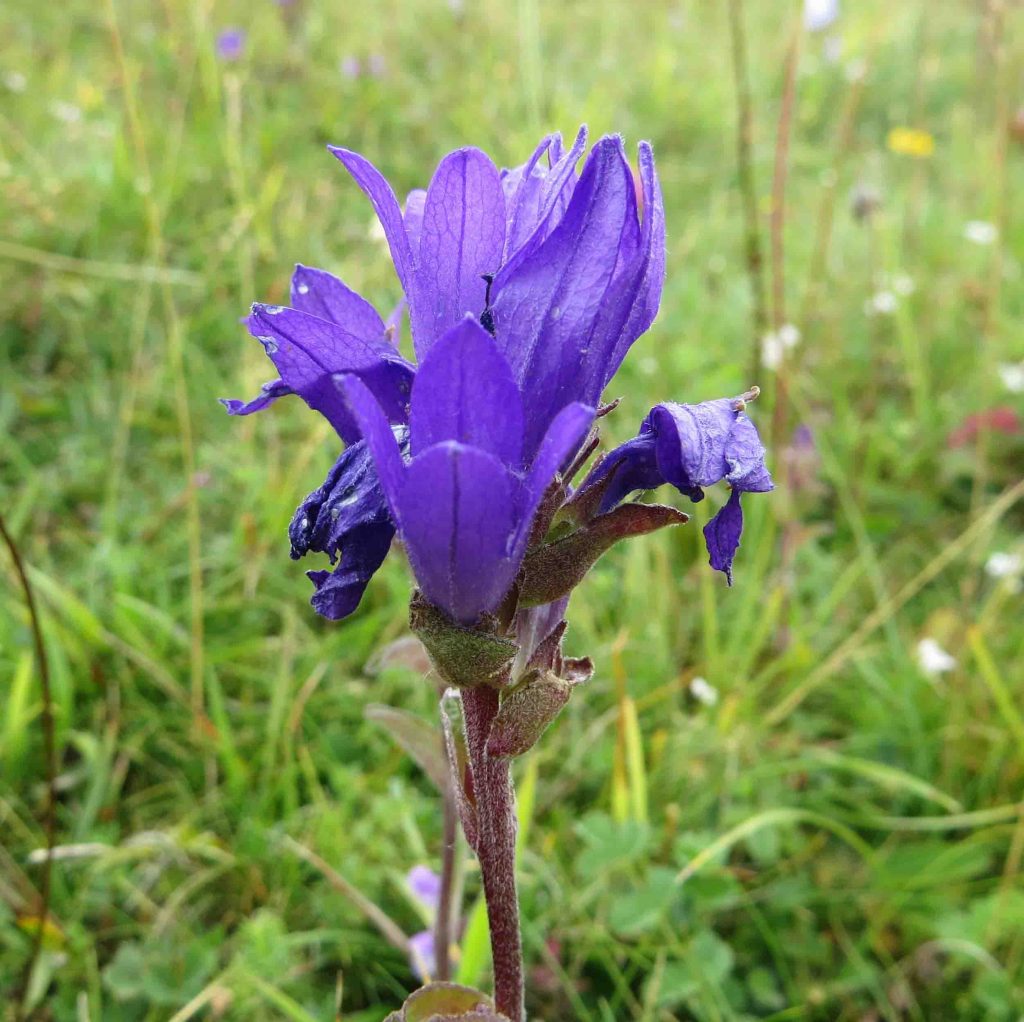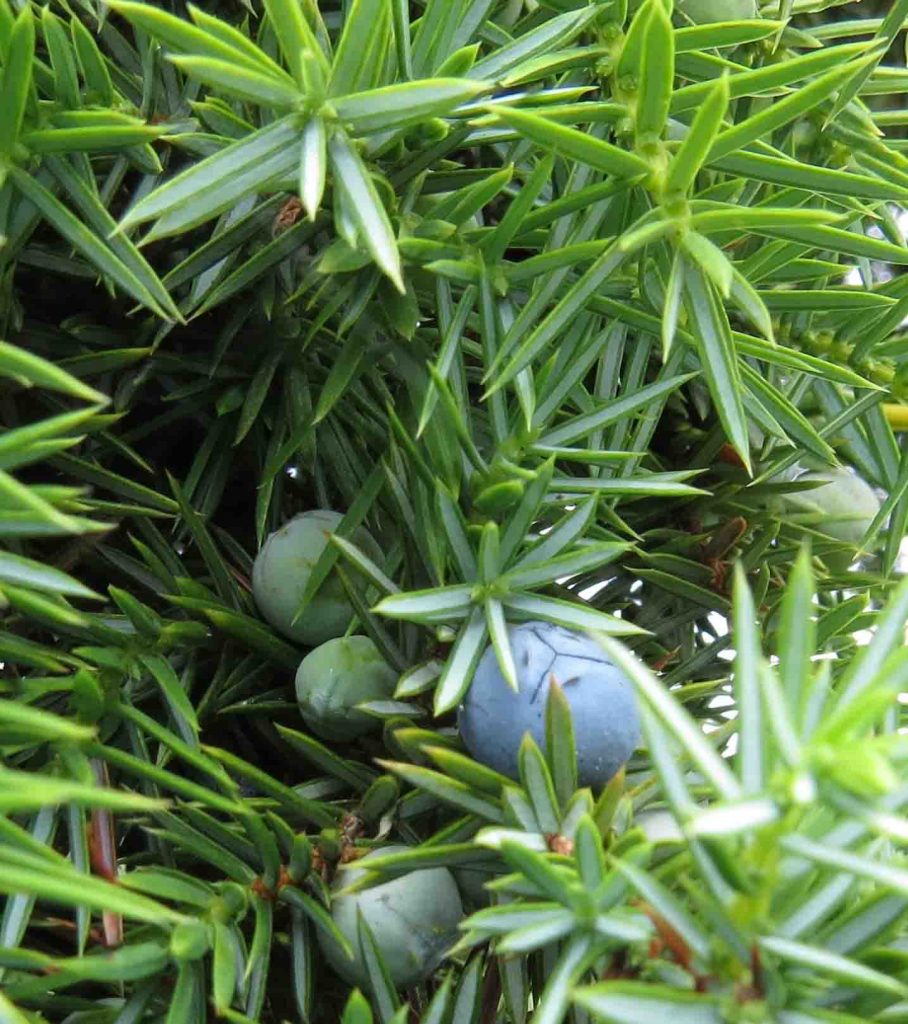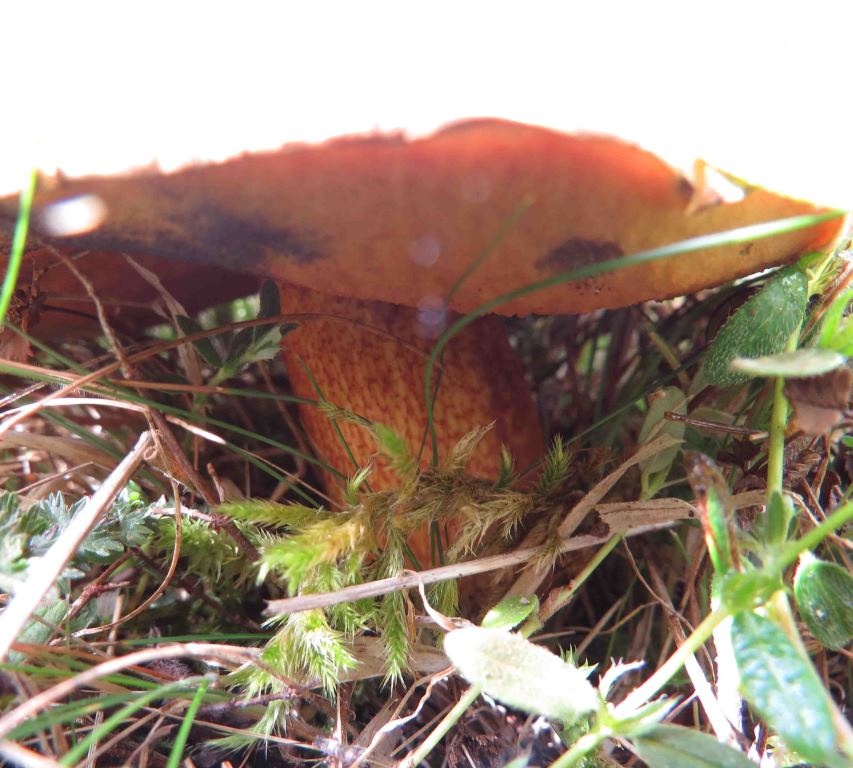Sally Rankin and Alan Parfitt each led a walk round the southern Bald Hill section of Aston Rowant National Nature Reserve on the morning of Saturday 25 July. Alan started out first with a group of six members, followed half an hour later by Sally with another group of six. It was a grey morning with a strong south-westerly wind and the occasional shower, but also with intermittent brighter periods and even a little sunshine. The walk started from the Cowleaze Wood car park and headed out towards the steep south-west facing side of Bald Hill. Flowers seen at the top of the hill included Field and Small Scabious, Greater and Common Knapweed, Wild Thyme, Wild Marjoram, Wild Basil, Lady’s Bedstraw, Harebell, Common Bird’s-foot-trefoil, Eyebright, Squinancywort, Yellow-wort, Common Rock-rose, Wild Carrot, Wild Parsnip, Burnet-saxifrage and Agrimony. A thistle clump had tall spikes of Musk Thistle and Spear Thistle, with Dwarf Thistle in flower nearby. Six-spot Burnet moths and a few silvery-blue male Chalkhill Blue butterflies were disturbed from the vegetation, but then the sun came out briefly and many more appeared. A single Silver-spotted Skipper butterfly was seen here. The wind blowing up the hillside revealed the pale undersides of the leaves of a big Whitebeam tree. Red Kites and the occasional Buzzard glided on the wind.
The walk continued through a gateway into the north-west section of Bald Hill. By the gate was a patch of Dewberry, with white flowers and fruits with a dull blue-black sheen. Wild Mignonette, Pyramidal Orchid, Clustered Bellflower, Hoary Plantain and Fairy Flax were added to the list of flowers. There were some magnificent ant-hills, covered by a carpet of Wild Thyme, Common Bird’s-foot-trefoil and Squinancywort. A large yellowish-brown fungus with a red net-pattern on the stem was identified afterwards as a Lurid Bolete. A few dark brown female Chalkhill Blue butterflies were seen, together with Common Blue, Small Skipper and Small Heath butterflies. The route led past a healthy-looking Juniper covered with blue-green berries in the bottom north-west corner of the field. Heading back southwards, there was a fenced enclosure with more healthy Juniper bushes, including both male and female specimens. The Natural England site managers have been carrying out trials of different grazing and planting regimes over many years, to try to understand and counter the continued lack of regeneration of Juniper. Nearby, a Clouded Yellow butterfly flew between Scabious flowers. The field edge was sheltered from the wind and several Dark Green Fritillaries were seen here. Continuing through the gate at the bottom of the hill, there was a brief glimpse of two Bullfinches in the hedge above the path, a Raven called from across the valley and a Kestrel flew overhead. The walk ended with a steep climb to the top of the hill and a stroll back to the car park.
Pictures by Fiona Brown

